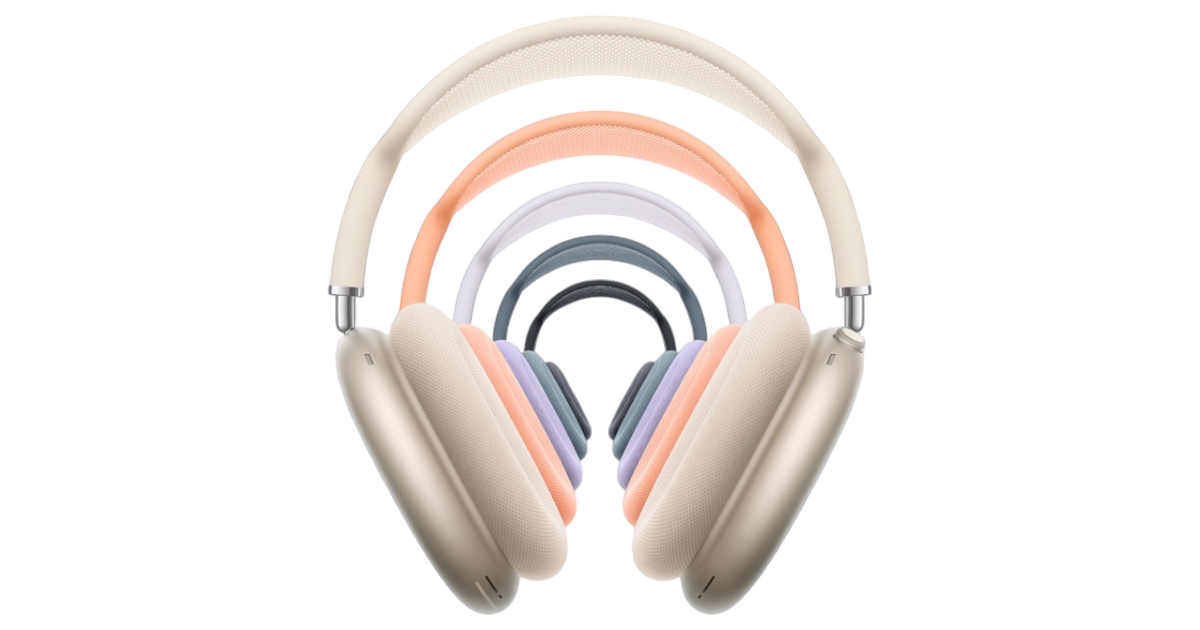Apple’s AirPods Max have recently received a significant update, enabling lossless audio playback—a feature that audiophiles have long anticipated. This enhancement aims to deliver a more immersive and high-fidelity listening experience. In this comprehensive review, we’ll explore the intricacies of this update, its impact on audio quality, and whether it justifies the premium price tag of the AirPods Max.
Introduction
Since their debut in late 2020, the AirPods Max have been lauded for their exceptional build quality, impressive sound performance, and seamless integration within the Apple ecosystem. However, they lacked support for lossless audio—a notable omission for headphones in their price range. With the release of iOS 18.4 and a corresponding firmware update (version 7E101), Apple has addressed this gap, bringing lossless audio capabilities to the AirPods Max with USB-C.
AirPods Max Review
Understanding Lossless Audio
Lossless audio refers to sound files that are compressed without any loss of data, preserving the original quality of the recording. This contrasts with lossy formats like MP3 or AAC, which discard some data to reduce file size, potentially affecting sound quality. Lossless formats, such as FLAC or Apple’s ALAC, maintain all the nuances and details intended by the artist, offering a richer listening experience.
Enabling Lossless Audio on AirPods Max
To take advantage of lossless audio on your AirPods Max, follow these steps:
- Update Your Devices: Ensure that your iPhone, iPad, or Mac is running the latest operating system—iOS 18.4, iPadOS 18.4, or macOS Sequoia 15.4.
- Update AirPods Max Firmware: Connect your AirPods Max to your device via Bluetooth. Then, plug the headphones into a power source using the included USB-C cable. Keep the devices close together; the firmware update (version 7E101) should install automatically within 30 minutes. You can verify the firmware version by navigating to the AirPods Max settings on your device.
- Use a Wired Connection: Lossless audio playback requires a wired connection. Connect your AirPods Max to your device using a USB-C to USB-C cable or Apple’s USB-C to 3.5mm audio cable, available for $39.
Performance and Audio Quality
The introduction of lossless audio support brings a noticeable enhancement to the listening experience, particularly with genres that emphasize acoustic instruments and intricate arrangements. Listeners have reported a more balanced mix and greater instrument separation, allowing vocals and individual instruments to stand out more distinctly. This improvement is especially evident in genres like metal, bluegrass, folk, and jazz, where the clarity and depth of sound are paramount.
However, it’s important to note that the difference between standard and lossless audio may be subtle to some listeners, especially with mainstream pop music, where production techniques may not fully utilize the benefits of lossless formats.
Limitations and Considerations
While the update is a welcome enhancement, there are several considerations to keep in mind:
- Hardware Restrictions: Only the USB-C version of the AirPods Max supports lossless audio. Owners of the original Lightning port model will not be able to access this feature due to hardware limitations.
- Wired Requirement: Lossless audio is only available through a wired connection. This may be inconvenient for users accustomed to the wireless functionality of the AirPods Max.
- Battery Life: The AirPods Max offer approximately 20 hours of battery life, which is less than some competitors. Extended listening sessions may require more frequent charging.
- Price Point: At $549, the AirPods Max remain a premium investment. While the addition of lossless audio support enhances their value, potential buyers should weigh this against other options in the market that may offer similar or superior audio quality at a lower price point.
Conclusion
The addition of lossless audio support to the AirPods Max via the recent firmware update represents a significant step forward in enhancing their audio capabilities. For users deeply embedded in the Apple ecosystem and seeking high-fidelity sound, this update adds considerable value. However, the requirement for a wired connection and the exclusion of the original Lightning model may limit its appeal. Given the premium price point, potential buyers should carefully consider their priorities and explore alternative options that may offer similar or superior performance at a more accessible cost.






